How to Live Like a Local In London
An insider's guide on how to feel at home in one of the world's greatest cities.
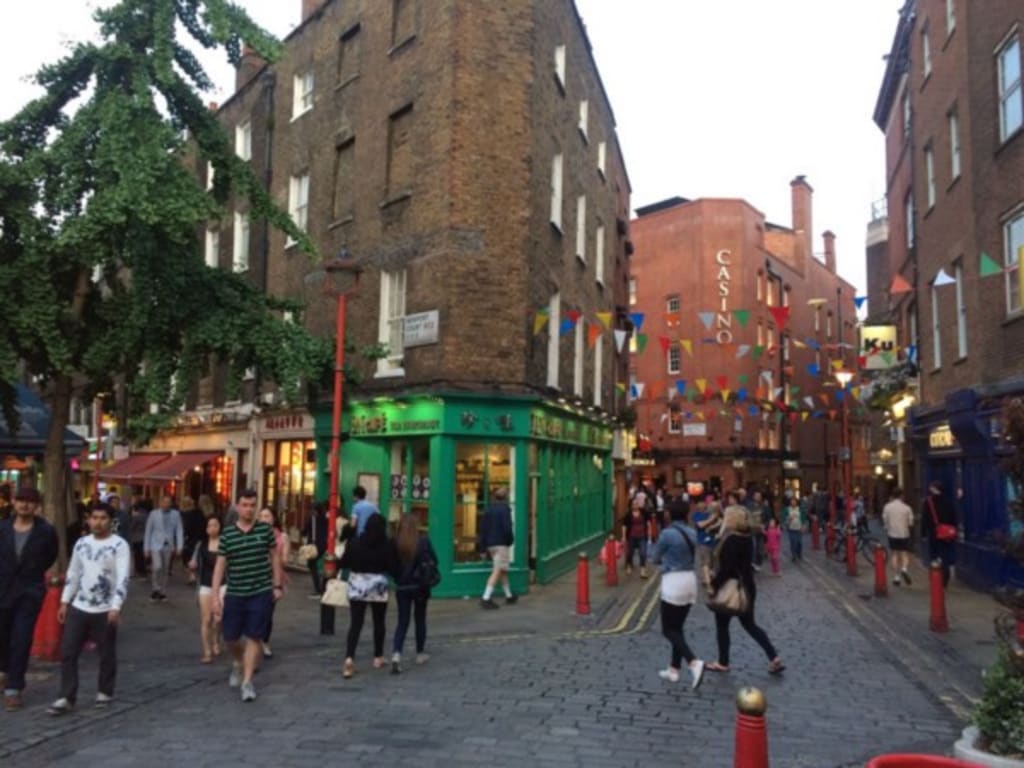
When you’re visiting a new or unfamiliar city, it can sometimes feel a little difficult to really get to grips with the place within a relatively short period of time. As a visitor, it's hard to get under the skin of a city – you inevitably feel like an outsider, like you're somehow skating across the surface and missing out on some of the real gems that only the locals seem to understand.
Nowhere is this feeling more acute than the capital of the United Kingdom – London.
On my first few visits to London, it was impossible not to be swept up with the excitement and thrill of finally being able to spend time in a city that I had heard so much about. The history, the grandeur, the culture, the nightlife – everything that I'd seen in the movies and on TV was suddenly within touching distance. But over time, with each visit, I couldn't help but feel that I was missing something – I didn't want to be a tourist taking photos of landmarks, I didn't want to be eating in a restaurant that wasn't cool enough for the locals. I wanted to feel like I fitted in, I wanted to feel like I belonged.
It was only when I moved to London and began living here that some of the intricacies of life in this city began to become apparent. Even now, ten years later, every day I'm still learning more and more about how to get the best out of my adopted home.
So that you can possibly learn from my numerous mistakes, here’s a couple of hints and tips on how to get the most out of your visit to London:
Don't try and do too much
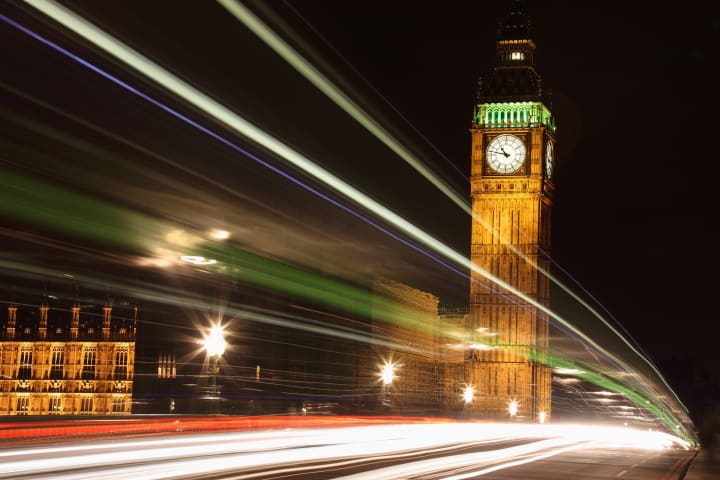
How to live like a local in London (image: Pixabay)
It’s tempting, especially if it’s your first visit, to feel as if you have to see absolutely everything. You cram as much as physically possible into each day, running from photo opportunity to photo opportunity, exhausting yourself by the end of the holiday.
London is a vast city, and you can burn up enormous amounts of time just trying to get from place to place.
The best strategy is to choose a specific neighbourhood to immerse yourself in during your stay, or structure your days so that you travel to a part of the city and do everything that you want to do in one hit.
For example, you might spend an afternoon shopping in Covent Garden before going to see a show in the West End that evening. Or structure your day around the river taxis — you can take in places such as Greenwich, the Tower of London, and Tate Modern.
Choose your accommodation carefully
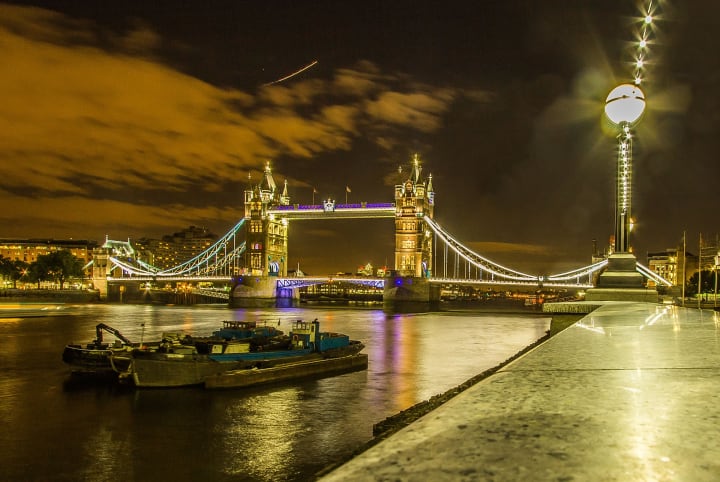
How to live like a local in London (image: Pixabay)
There are a huge range of hotels in London, but location is probably more important than price.
You need to be staying in a neighbourhood which enables you to walk to most of the things that you want to do or see. There’s no point getting a great price on a hotel in Paddington if you plan to spend a couple of days hanging out in the uber-cool neighbourhoods of Hoxton, Shoreditch, and Hackney.
Alternatively, private rental services such as Airbnb are a great way to get to grips with how a neighbourhood functions on a daily basis.
Choose a neighbourhood that has a bit of life on the weekend, or where you can walk to cafes and restaurants — for example, Pimlico might be convenient for Tate Britain but there’s not much else going on. You'd be better staying in Brixton – a vibrant restaurant and nightlife scene and with easy tube access to Pimlico for your dose of culture.
Think about your transport options
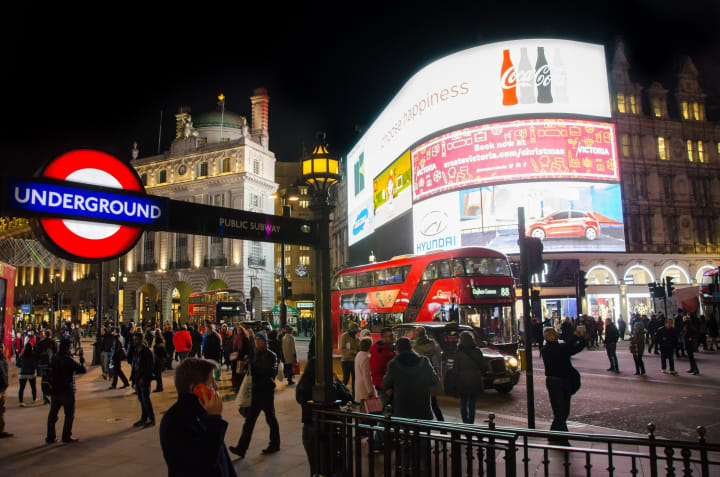
If you’ve got the budget then London’s iconic black taxis are the best way to travel. The service provided by Uber has also become popular across London, with plenty of cars available.
London’s bike hire scheme has been a great success for the city – you can rent a bike for 24 hours and pick up and drop off at numerous locations. However cycling in London is not for everyone — it’s not just the weather, there is a distinct lack of cycle lanes which means that you have to contend with aggressive traffic in narrow roads as well as try and work out where you’re going.
Buses and the tube are useful to get across town. You can pay for your journeys either through the pre-paid Oyster card – a stored-value system that you can top-up at tube stations or most corner stores – or if you have a credit card that offers contactless payments then these are also accepted for bus or tube journeys.
While London's bus and tube network is comprehensive, and can pretty much get you wherever you need to go, often you’ll find that it’s just as quick to walk — so check your journey before committing yourself to public transport. London is the kind of city where it takes a while to get your bearings – it's a city that's evolved over hundreds of years, so there's no grid-like street design to navigate by, you need to find your landmarks and be confident in your sense of direction (and have Google maps on standby).
London is a fascinating city and an exciting destination to visit. With a bit of forward planning you can experience it like the locals do.
About the Creator
Gareth Johnson
A non-smoker who loves to laugh... (and binge on travel, food, movies, fashion, and theatre...). Find me on Twitter @gtvlondon


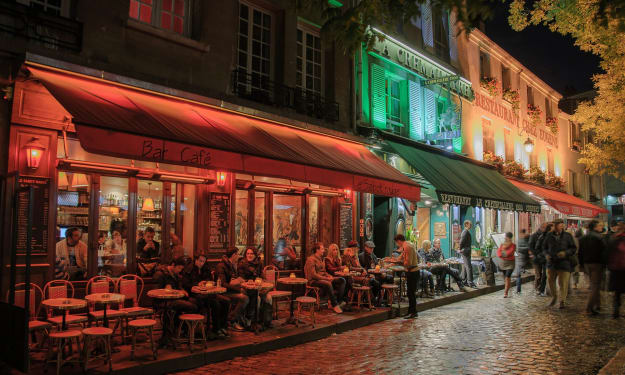



Comments
There are no comments for this story
Be the first to respond and start the conversation.